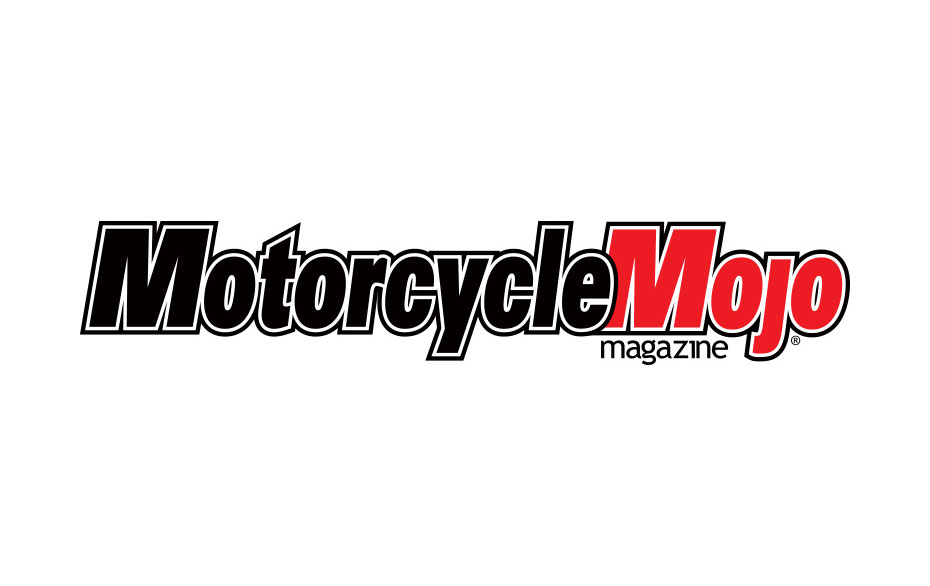So you found that bargain you’ve been looking for? In my friend’s case, it’s a 2001 Suzuki SV650S. This one-owner bike is pristine, with only 9000 km on the odometer, and as it turns out, ridiculously inexpensive because he bought it from an acquaintance. There’s only one catch: the bike hasn’t run in five years. Luckily, the former owner had the foresight to drain the carburetors before storing it. Despite looking as clean as the day it came off the showroom floor, there are several things that will need to be done to get this SV running trouble free.
The best way to tackle a job like this is to make a list and overlook nothing. This list should contain as much information as possible, information that will keep track of the jobs at hand and the parts needed for those jobs.
Topping that list should be a service manual. Its maintenance schedule will be a great help in identifying what needs to be done and how to do it. For example, the OEM SV650 manual states that the engine coolant and brake fluid should be replaced every two years. Two years might be a bit premature for the coolant, but 11 years is way too long (it had never been replaced). So onto the list it goes.
The front brake on this SV was overly soft, the lever coming right to the handlebar before the brake pads gripped the discs. This was due to the brake fluid, which was well past its best-before date. Replace fluid and bleed brakes.
Checklisted.
Despite being dry for years, the carburetors should come off for inspection. It’s better to make sure in advance that everything is in proper working order than to burn out a battery and starter attempting to fire up an engine that refuses to start because of faulty fuel mixers (the slide on the SV’s rear carb turned out to be stuck shut).
While removing the carbs, check the rubber fuel lines (the SV’s were dry and hard as plastic). The manual recommends they be replaced every four years. That’s a slightly pessimistic recommendation, and they can stay on the bike longer than that, but 11 years? Checklisted.
The great thing about tackling a job like this these days is that all the resources you need to complete your checklist, including the necessary part numbers, can be found online. Major Canadian aftermarket distributors like Motovan, Parts Canada, Full Bore and Importations Thibault have websites with online catalogues you can browse. Although you can’t place orders for parts online through these websites, armed with your completed list, you’ll be better prepared when you go down to your local dealer or parts retailer and place your order.
Part numbers for factory parts can also be found online, but you must have some knowledge about OEM part numbers to do this. A simple parts search like “Suzuki OEM parts” will produce countless hits of websites with online parts fiches (diagrams with parts listings). However, many of these websites replace OEM part numbers with their own, or only provide a quantity box so you can add the part to a shopping cart, which is intended to encourage online sales from their own stores. Knowing what an OEM part number looks like for your particular brand will help filter out these websites and direct you to the ones listing OEM numbers. For instance, the SV650’s OEM brake lever part number is 57300-33E01, but Bikebandit.com, a popular parts site, lists the part number as 1100435. The latter number will be useless when you visit your local Suzuki dealer.
And shopping at your local dealer for parts isn’t as frightening as you might think. The SV needed a brake lever because it had been broken in a minor tip-over while the bike was in storage. The stock lever retails for $79, but the dealer suggested an aftermarket item, identical to the original, at a cost of $26. He had neither in stock and could have ordered it, with the item arriving in about two days, but instead he went into his stockroom and found a used lever that had a small scrape on the ball end. Cost: $15. Item scratched off list.
Also added to the list should be fork oil, engine oil and filter, lubricating of the cables, most certainly a battery, sparkplugs and possibly a set of tires, even though they might look usable.
After all the work is done (including an oil and filter change, even if they were replaced just before a long-term storage), it will be time to start the bike. The best way to approach this is with short bursts at the starter button – maybe three or four seconds at a time with five-second intervals between cranking – to give a chance for fuel to fill the carburetors, but also to allow the freshly changed engine oil to pump its way through the engine, as some of its internals have been without proper lubrication for years.
If all has been done properly, the engine will likely fire within a few starter stabs, though you should have your thumb ready by the kill switch, shutting it off if it picks up revs too quickly while on choke. You still want to circulate that fresh oil before revving the engine, so a couple of engine shutdowns before letting it rev will allow you to do this.
The final item on the list is a test ride to work out any bugs, and finally a cold brew to celebrate your success.
Technical articles are written purely as reference only and your motorcycle may require different procedures. You should be mechanically inclined to carry out your own maintenance and we recommend you contact your mechanic prior to performing any type of work on your bike.










